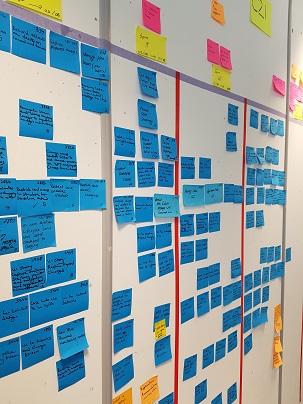Preparing for the requirement to mediate in small claims: What you need to know
Preparing for the requirement to mediate in small claims: What you need to know
Mediation is soon to be an integral part of the small claims process, meaning parties will need to attend an appointment to try and resolve their case ahead of having a court hearing. Rosemary Rand, Deputy Director and Service Owner for Civil, and Chris Kane, Head of the Small Claims Mediation Service, explain why the service is changing and what the benefits are.



